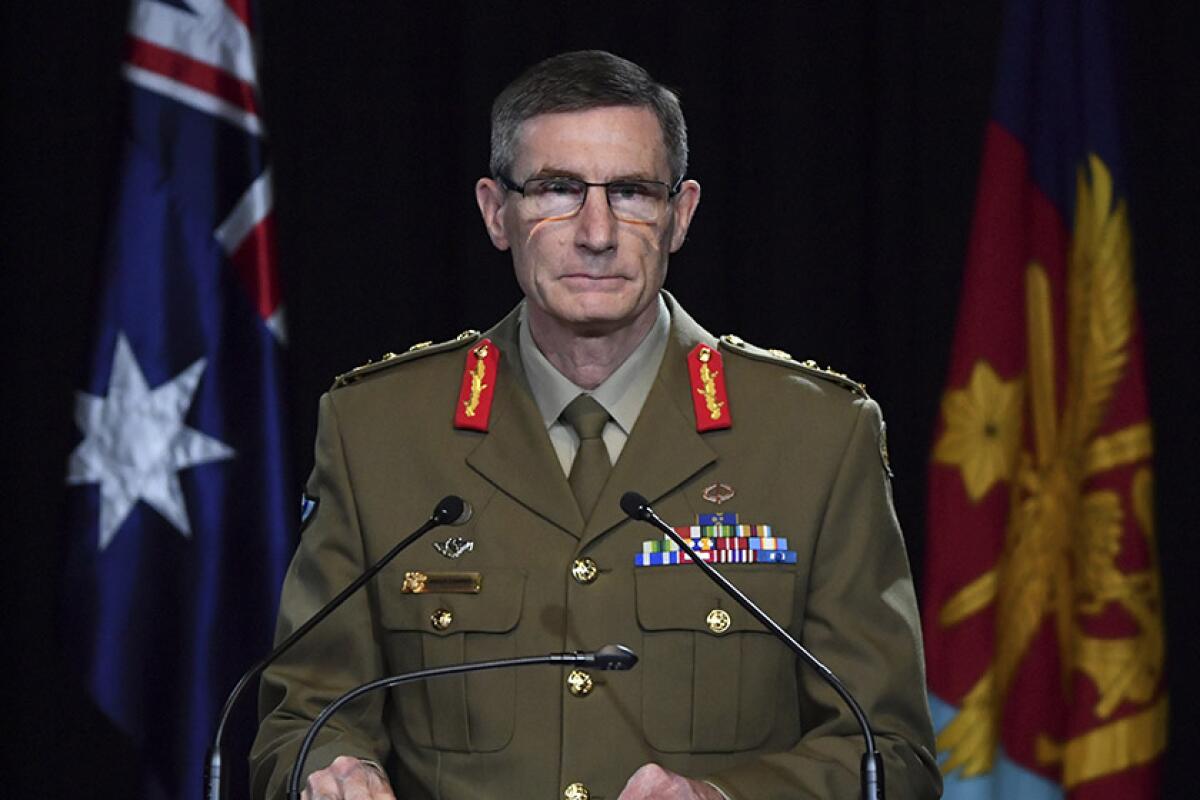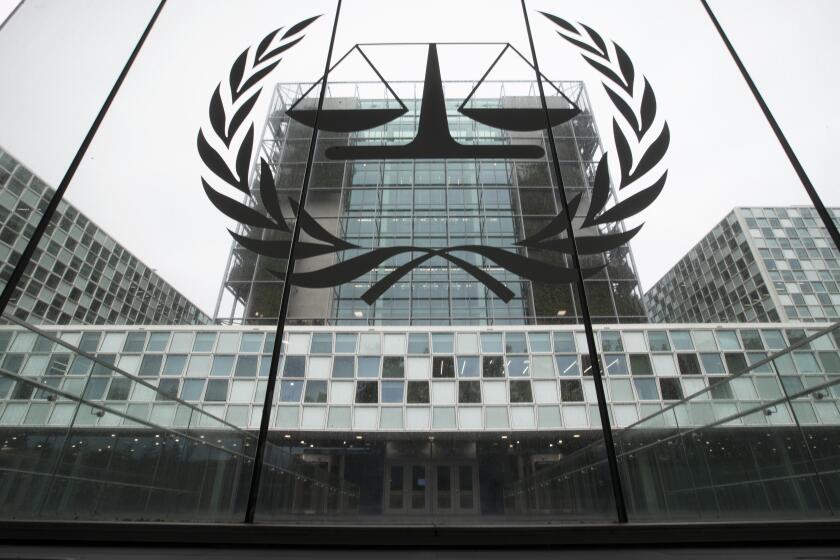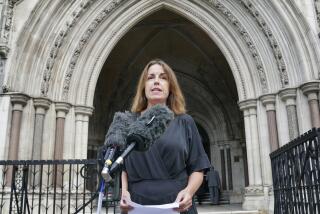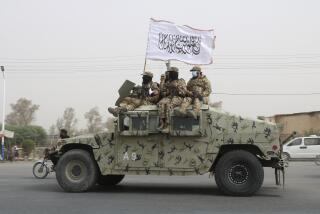Australian troops unlawfully killed 39 Afghans, report finds

- Share via
WELLINGTON, New Zealand — A shocking Australian military report into suspected war crimes has found evidence that elite Australian troops unlawfully killed 39 Afghan prisoners, farmers and civilians.
Gen. Angus Campbell, chief of the Australian Defense Force Chief, said Thursday the shameful record included alleged instances in which new patrol members would shoot a prisoner in order to achieve their first kill in a practice known as “blooding.” He said the soldiers would then plant weapons and radios to support false claims the prisoners were enemies killed in action.
Campbell told reporters in Canberra, the Australian capital, that the illegal killings began in 2009, with the majority occurring in 2012 and 2013. He said some members of the elite Special Air Service encouraged “a self-centered, warrior culture.”
The chief was announcing the findings of a four-year investigation by Maj. Gen. Paul Brereton, a judge and Army reservist who was asked to look into the allegations and interviewed more than 400 witnesses and reviewed thousands of pages of documents. Brereton recommended 19 soldiers be investigated by police for possible charges, including murder.
“To the people of Afghanistan, on behalf of the Australian Defense Force, I sincerely and unreservedly apologize for any wrongdoing by Australian soldiers,” Campbell said.
Appeals judges gave the green light for prosecutors to open an investigation targeting the Taliban, Afghan forces and U.S. military and CIA personnel for war crimes and crimes against humanity.
He said he’d spoken directly to his Afghan military counterpart to express his remorse.
“Such alleged behavior profoundly disrespected the trust placed in us by the Afghan people who had asked us to their country to help them,” Campbell said. “It would have devastated the lives of Afghan families and communities, causing immeasurable pain and suffering. And it would have put in jeopardy our mission and the safety of our Afghan and coalition partners.”
In addition to the 39 killings, the report outlines two allegations of cruel treatment. It says that none of the alleged crimes were committed during the heat of battle.
Only parts of the report have been made public. Many details, including the names of alleged killers, remain redacted.
The report said a total of 25 current or former troops were involved as perpetrators or accessories in 23 separate incidents, with some involved just once and a few multiple times.
It said some Australian troops would regularly carry “throw-downs” — things like foreign pistols, radios and grenades that they could plant on those they killed so the Afghan civilians would appear like combatants in photographs.
The report said that most of the alleged crimes were committed and concealed at a patrol commander level by corporals and sergeants, and that while higher-level troop and squadron commanders had to take some responsibility for the events that happened on their watch, they weren’t primarily to blame.
The report recommended 19 soldiers be referred to federal police for criminal investigation. Campbell said he’s accepting all the report’s recommendations.
Australian Prime Minister Scott Morrison has already announced a special investigator will help pursue possible prosecutions because the workload would overwhelm existing police resources.
Many troops are also likely to be stripped of their medals, and the defense force will undergo significant structural changes. The report says that where there is credible evidence of unlawful killings, Afghan families should be compensated immediately by Australia without waiting for the criminal cases to proceed.
“This will be an important step in rehabilitating Australia’s international reputation, in particular with Afghanistan, and it is simply the right thing to do,” the report states.
More to Read
Sign up for Essential California
The most important California stories and recommendations in your inbox every morning.
You may occasionally receive promotional content from the Los Angeles Times.











